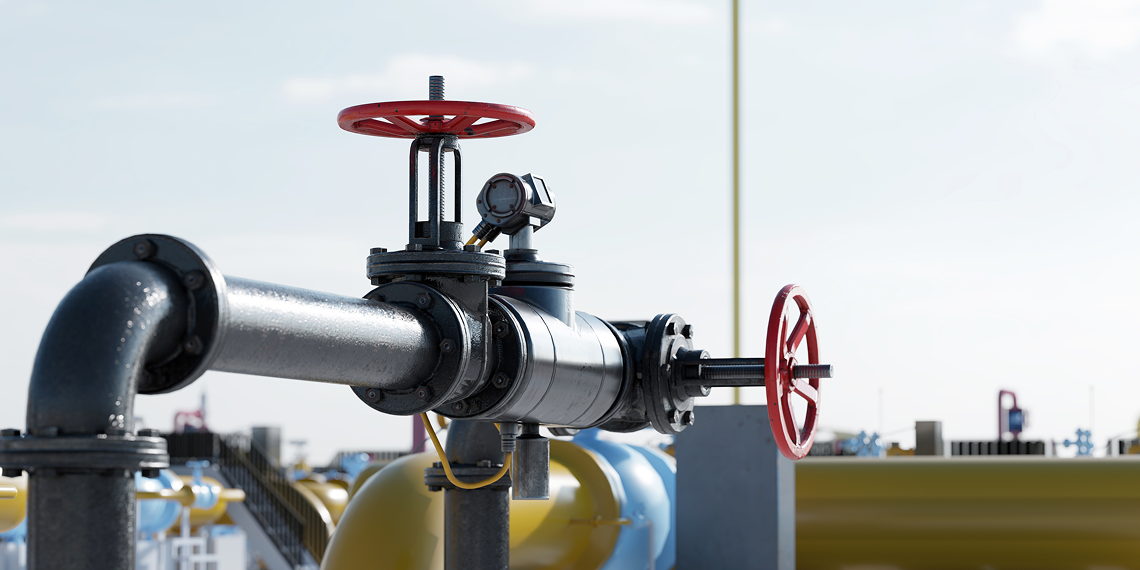Energy construction projects face unique challenges in today’s market with fluctuating oil prices and changing tariff regulations. This article explores how these factors impact construction materials, workforce, schedules, and offers strategic approaches for project managers.
Oil Price Impacts on Construction Materials and Project Execution
Oil prices significantly influence energy construction projects through their direct effect on material costs and supply chains. When oil prices rise, construction materials like plastics, asphalt, and fuel for equipment and transportation become more expensive. This creates a ripple effect throughout the entire construction process that could lead to a slowdown in new work.
Project managers must understand that oil price volatility doesn’t just affect material costs, it impacts workforce availability and project schedules as well. Higher material costs can lead to budget constraints, potentially forcing reductions in workforce size or project scope modifications. Additionally, delivery delays become more common as suppliers adjust to cost pressures.
Workforce and Schedule Management Strategies
The energy construction sector is facing twin pressures from labor shortages and supply chain/scheduling concerns complicating efforts to plan and budget new projects.
To mitigate these challenges, project managers can implement several key strategies:
1. Flexible workforce arrangements: Develop contingency plans for workforce scaling and scheduling that can adapt to market conditions.
2. Early procurement planning: Secure materials before potential price increases by analyzing commodity price trends and making strategic purchases.
3. Scenario-based scheduling: Create multiple timeline scenarios that account for potential delays in material delivery or price-driven scope changes.
4. Enhanced supply chain visibility: Maintain close relationships with suppliers to gain early intelligence on potential disruptions.
Construction Materials Exempt from Recent Tariffs
Understanding which materials are exempt from recent tariffs can provide significant cost advantages. Currently, several categories of construction materials used in energy projects have received exemption from reciprocal tariffs, including:
- Key construction materials, such as steel, aluminum, lumber, and copper, however, importers of steel and aluminum have been paying 25% tariffs since March 12. Canadian softwood lumber importers pay a 14.5% anti-dumping and anti-subsidy tariff.
- Certain electrical components essential for grid modernization
- Specific categories of construction equipment and machinery
Staying informed about tariff policy changes is essential, as these exemptions may evolve over time. Work closely with procurement specialists to identify these exemptions and leverage them in budgeting and planning processes.
Key Considerations for Equipment Procurement
When procuring major equipment for energy construction projects, focus on:
1. Total cost of ownership: Look beyond initial purchase prices to include maintenance, compatibility with existing systems, and operational efficiency.
2. Delivery timeline guarantees: Secure contractual commitments for equipment delivery that align with project milestones.
3. Warranty and support provisions: Ensure comprehensive coverage that protects against equipment failures during critical project phases.
4. Adaptability to regulatory changes: Verify that equipment will remain compliant with evolving regulatory requirements.

Negotiating with Equipment Suppliers
Effective negotiation with equipment suppliers requires a strategic approach:
1. Leverage multi-project opportunities: Discuss potential for equipment orders across multiple projects to secure better pricing and terms.
2. Establish price adjustment mechanisms: Include contractual provisions that account for significant market changes without derailing the project. Contracts can include exit ramps if tariffs exceed agreed thresholds. These clauses will sometimes provide notice and renegotiation periods before termination, and address both sides’ needs.
3. Develop alternative supplier relationships: Maintain options with multiple vendors to create competitive leverage during negotiations. Mandating that key components be sourced from multiple suppliers across different regions—can help hedge against tariff exposure and increase procurement flexibility.
4. Negotiate staged payment structures: Align payments with successful equipment delivery and performance milestones.
Conclusion
Today the situation is ever-changing and fluid for energy construction. KBCm can help you effectively manage these challenges. We are experienced CMs who bring cross-disciplinary expertise in project risk management to help you make informed sourcing decisions and develop resilient contracting strategies to remain optimized for current market conditions.
Contact Skyler on (940) 366-2231 for more information.



